Efficient separator control thanks to ITM-51 turbidity sensor
Brewery
For many craft brewers, the art of brewing and the reliably high quality of its beer specialities are both a claim and a commitment. In this real case application, the beer is deliberately not filtered. Ensuring constant natural turbidity through the separator alone proved to be a major challenge. Reliable results were finally achieved with the ITM-51 turbidity sensor.
Customer
Daniel Engler, Master brewer
"We have already made several attempts to control the separator in an automatic, but preicse, way. With the ITM-51 we have not only found a very reliable and finely tuned sensor, but with Anderson-Negele we have also encountered a real partner with comprehensive, expert advice and support."
Advantages in the application
Main benefits:
- Maintaining a superior quality level through precise ejection of the separator residue at exactly the right moment
- Simple, visual-manual programming of the ITM-51 to the desired turbidity value
- No monitoring required
- More efficient control of the separator than through time control
Application Detail
The application
Set up as a micro-brewery, this site primarily supplies its own inn and hotel. For the master brewer, it is important to offer customers a special taste experience, which includes an attractive appearance with a natural cloudiness. For this reason, it was all the more important to precisely control the separator in order to achieve consistently high quality for direct filling into kegs.
The Anderson-Negele solution
Despite several experiments, other measurement techniques could not reliably ensure the desired results. Only with the ITM-51 a satisfying solution was found. Using inline analysis, the front-flush turbidity sensor continuously monitors the proportion of suspended particles at the outlet of the separator using its backscattered light method. The desired degree of turbidity was programmed using an individual learning curve for the installed sensor (visual-manual programming via the sight glass). Now, as soon as the specified target values are reached, the yeast harvest is carried out in an accurate, reproducible, and consistent manner.
The brewery requested the assessment, and later a test of an ITM-51 as they already had several positive experiences with Anderson-Negele sensors in other application areas. For example, IZMAG electromagnetic flowmeters are used in the area between the wort kettle and lauter tun and between the whirlpool and storage tanks for precise quantity measurement.
TSB temperature sensors were used in their special application with thermowells to avoid any direct contact with the medium. This ensures maximum sanitary process and the extraction of the sensor without opening or stopping the process.

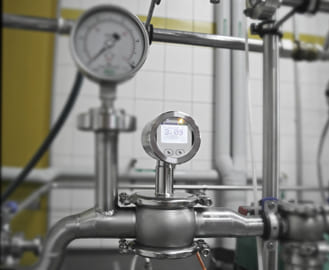
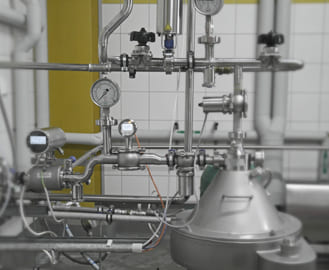
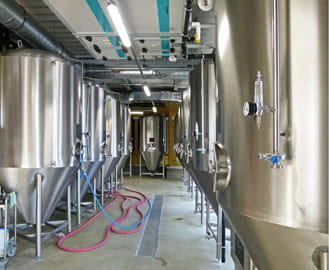
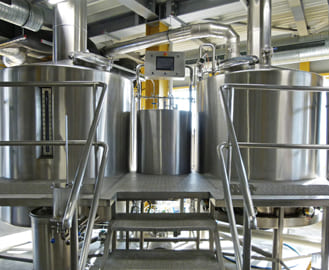
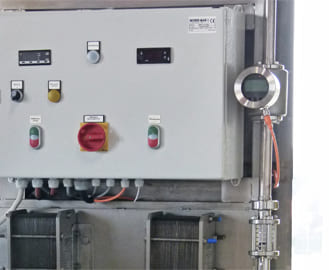
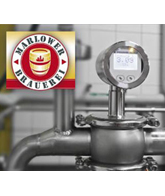


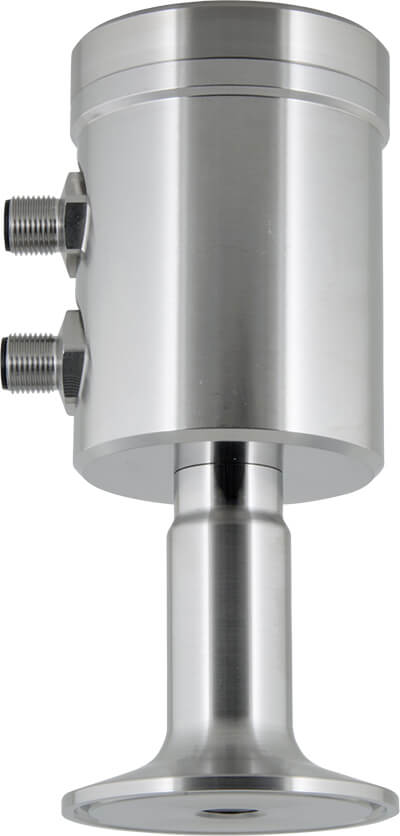
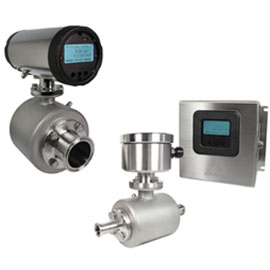
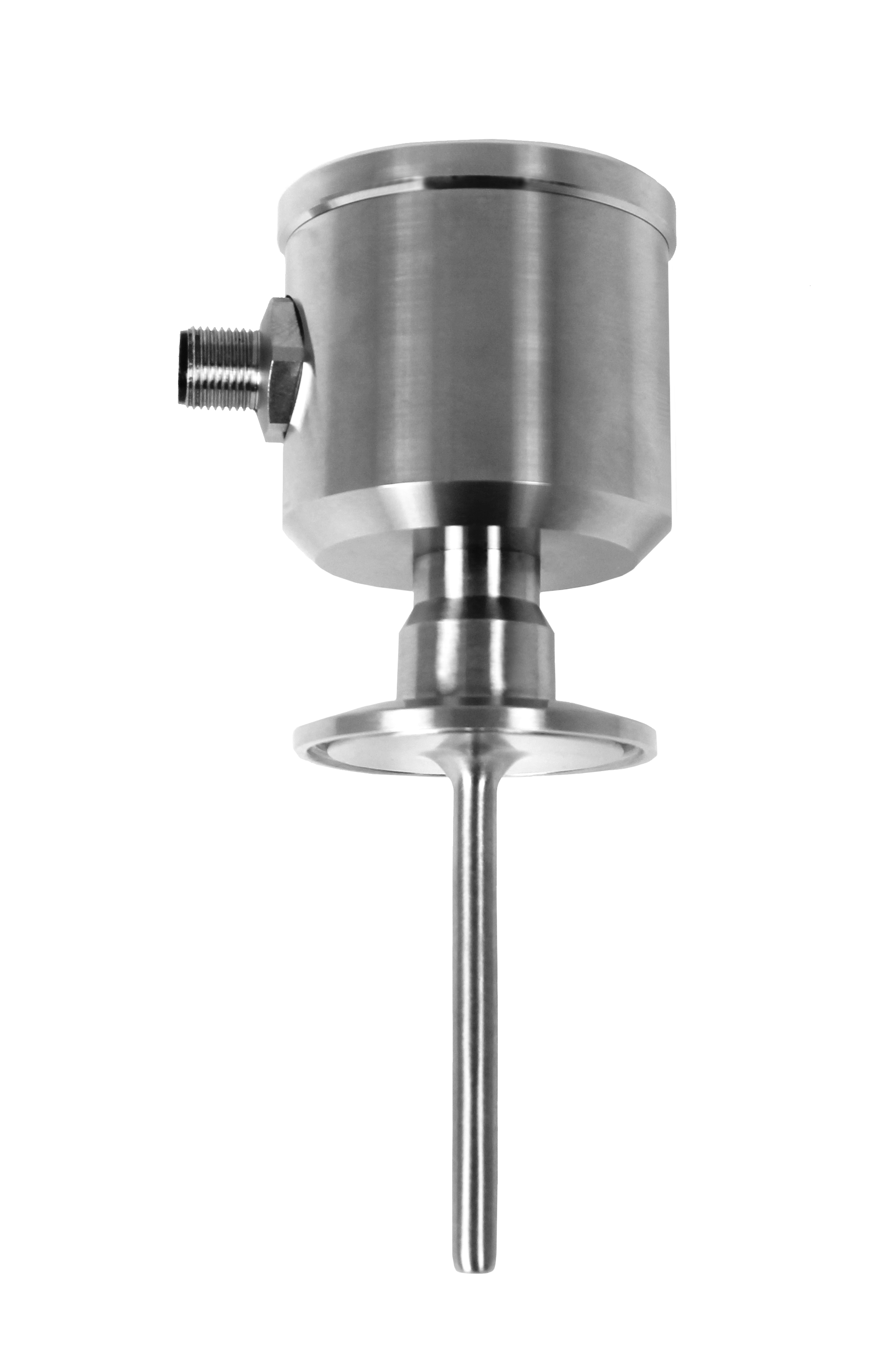
Copyright © 2022 Anderson-Negele